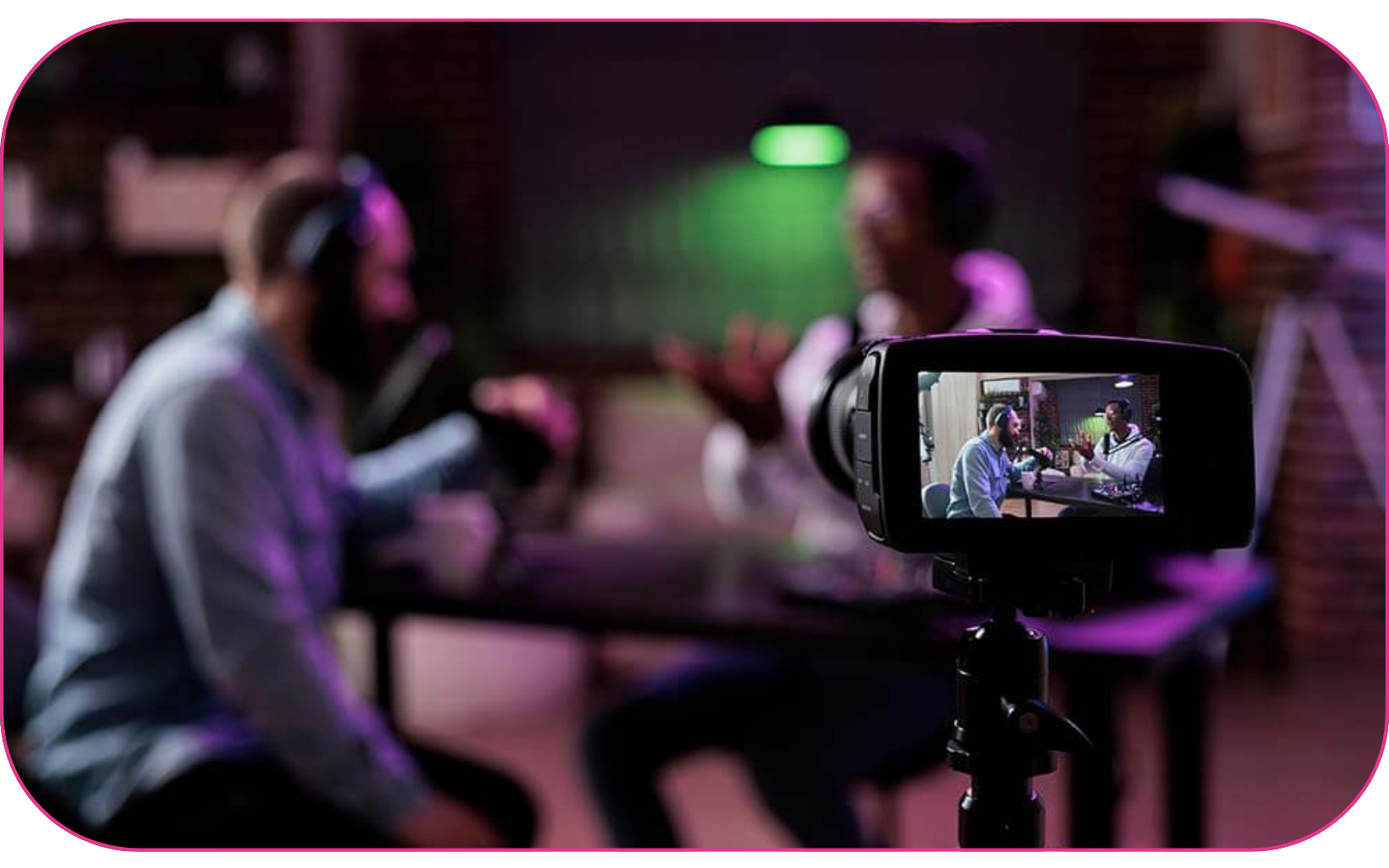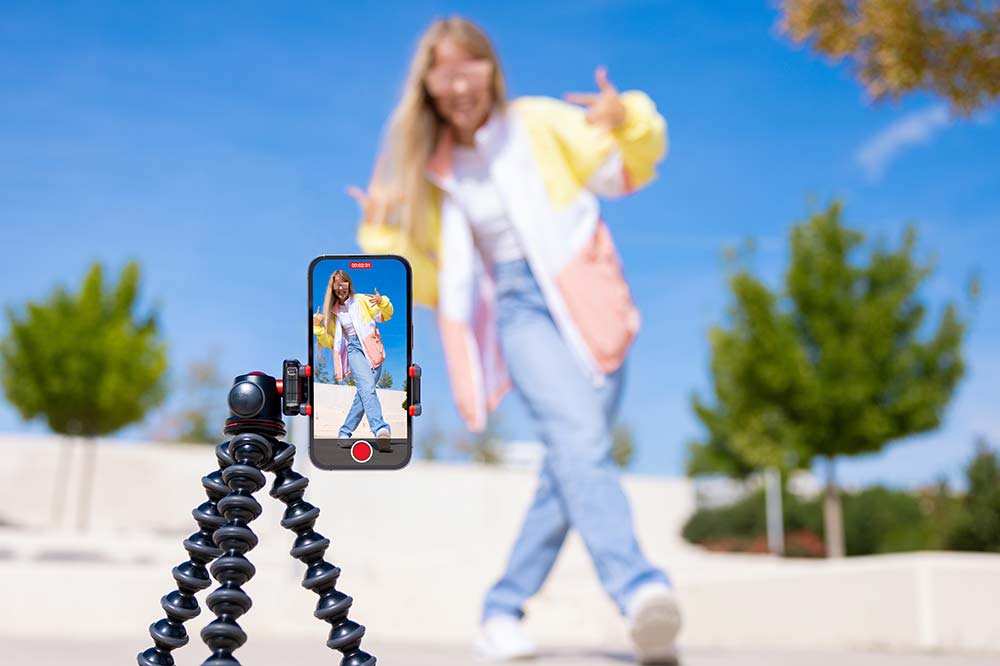Are you gearing up to host or moderate a live stream webcasting event? Whether you're a seasoned professional or dipping your toes into the world of online events for the first time, we've got you covered.
Hosting a live stream webcasting event can be both exhilarating and nerve-wracking, but with the right approach, you can ensure a smooth and engaging experience for your audience. Here are our top 10 tips to help you shine in your role as a host or moderator:
1. Know Your Audience
Before you even think about pressing that "Go Live" button, take some time to understand who your audience is. Conduct thorough research to grasp their demographics, interests, and preferences. Consider their level of familiarity with the topic and tailor your content to match their expectations. By understanding your audience, you can deliver content that resonates deeply and keeps them engaged throughout the webcast.
2. Test Your Tech
There's nothing worse than encountering technical glitches mid-stream. To avoid such mishaps, conduct comprehensive tests of your equipment, internet connection, and streaming live well in advance. Run through a practice session to familiarise yourself with the tools and troubleshoot any potential issues. Additionally, have a backup plan in place in case of unexpected technical difficulties during the event.
3. Craft a Compelling Agenda
Plan out the flow of your live stream with a clear and concise agenda. Start by defining the primary objectives of the event and then outline key topics, segments, and transitions. Consider the optimal duration for each segment to maintain audience engagement and avoid information overload. Be flexible enough to adjust the agenda as needed based on audience feedback and emerging discussions.
Start strong with a great opening - check out our tips for writing an introduction script.
4. Engage Your Audience
Make your live stream webcast interactive by encouraging audience participation using our interactive tools. Incorporate polls, Q&A sessions, and live chat features to spark conversations and foster a sense of community.
Actively monitor audience engagement metrics and adapt your approach in real-time to sustain interest levels. Remember to acknowledge audience contributions and address their questions and comments promptly and thoughtfully.
5. Be Prepared and Personable
Preparation is key to a successful live stream webcast event. Alongside readiness, inject your unique personality into the presentation. Strike a balance between professionalism and approachability by being personable. Writing a script is a great way of sticking to plan.
6. Master Body Language
Body language speaks volumes, especially in a virtual setting where non-verbal cues can be amplified. Pay attention to your posture, facial expressions, and gestures during the live stream. Maintain open and inviting body language to convey confidence and approachability. Be mindful of how your body language impacts the overall tone and atmosphere of the event, and use it to enhance engagement and connection with your audience.
7. Stay Flexible and Adapt
No matter how well you've planned, things don't always go according to script. Stay flexible and be prepared to adapt to unforeseen circumstances or changes in the agenda. Maintain a calm and composed demeanor, and think on your feet to keep the event running smoothly.
Keep some seed questions handy should the conversation stall, ask the audience to join the discussion or re-direct the discussion to another speaker. Embrace spontaneity and leverage unexpected opportunities to enrich the live stream experience for your audience.
8. Adapt Tone and Language Accordingly
Flexibility in tone, language, and questioning is essential, especially when considering the formality of the event. Assess the nature of your audience and adjust your communication style accordingly. For more formal events, maintain a professional tone, use formal language, and frame questions with precision and clarity. Conversely, for more relaxed settings, adopt a conversational tone, employ informal language where appropriate, and encourage open-ended questions to foster engagement and participation.
9. Prioritise Accessibility
Make your live stream webcasting accessible to as many people as possible by providing closed captions, sign language interpretation, and other accessibility features. Consider the diverse needs of your audience and strive to accommodate them to the best of your ability. Ensure that your content is easily understandable and inclusive. You can even add live or on demand translations to reach global audiences.
10. Seek Feedback and Learn
After the event is over, take the time to gather feedback from participants and stakeholders. What worked well? What could be improved? Use this feedback as valuable insights to refine your hosting or moderating skills and enhance future live stream webcasting events. Continuous improvement is key to delivering exceptional experiences and fostering long-term audience engagement and loyalty.
Round-Up
Hosting or moderating a live stream webcasting event can be a rewarding experience that allows you to connect with audiences on a global scale. By following these top 10 tips, you'll be well-equipped to deliver a memorable and impactful event that leaves a lasting impression. Happy streaming!
To see how webcasting can fit into your digital lifecycle, request a demo with our expert team today.
Share this
You May Also Like
These Related Stories

Webcasting 101: How Does Webcasting Work

Elevating Your Live Stream Webcast



.png?width=300&height=300&name=Webinar%20Assets%20-%20March%20-%20PMO%20(300%20x%20300%20px).png)